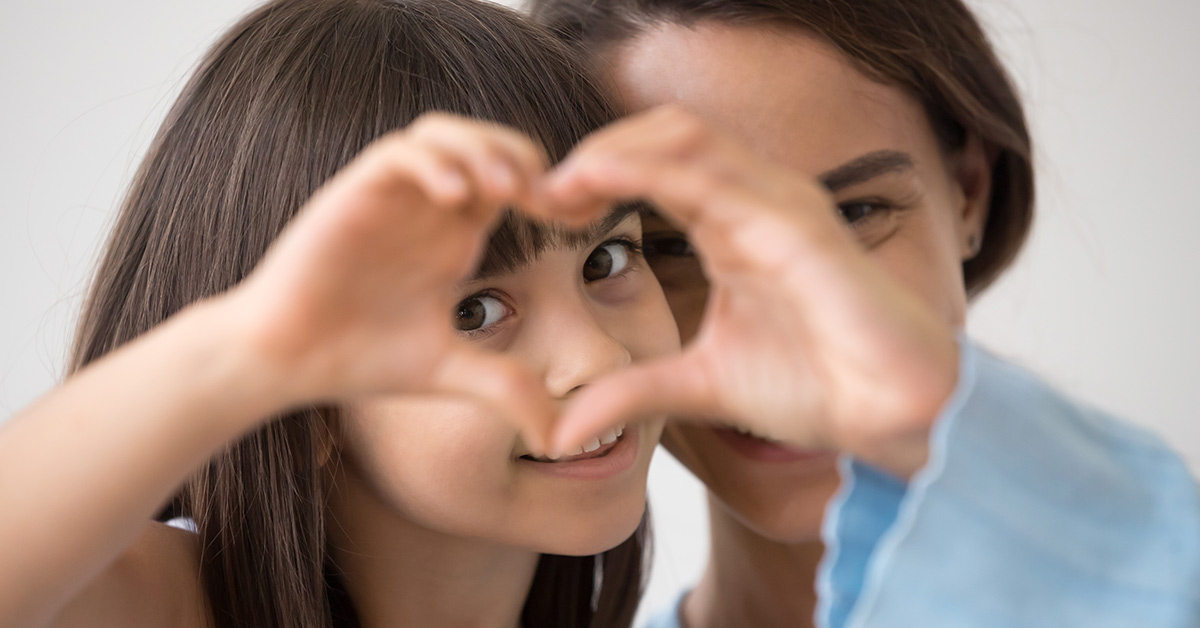Everywhere we look, there seems to be a new issue. Last year, 2023, was relentless with turmoil after turmoil. And for many people, 2024 continues that pattern. We need activists and leaders now more than ever. In a rapidly changing environment, not always for the better, we need to teach our children how to change the world. After all, the kids today will be the educators, healers, scientists, and artists of the future. “We aren’t raising children, we’re raising adults,” says family therapist, psychotherapist, and author Susan Stiffelman.
Raising Adults That Will Change the World
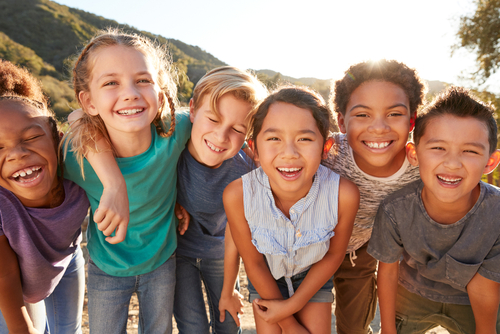
Although children may not understand all the challenges around them, they could sense the chaos and fear. “We’ve got fires, crazy politics, climate change, mass murders, all kinds of social uncertainty and fear. So, kids (and their parents, too) are incredibly anxious, and they don’t know how to be effective in a very uncertain environment,” says psychologist Madeline Levine, and author of The Price of Privilege.
Teaching kids how to be activists could teach them how to live, interact, and change the problems around them. Additionally, a 2018 study in Child Development discovered that change-makers more often make more money and attain higher levels of education than people who don’t participate in activism. [1] Plus, numerous surveys found that activists in college are usually happier and have better social well-being than non-activists. [2]
Read More: Staying At Home with Kids Is Harder Than Going to Work
How to Teach Kids to Change the World

Moreover, activism could help development, even for young children. For instance, it could teach them how to communicate effectively, cultivate empathy, and connect with others. “You need to be able to communicate your passion, to be somebody who engages others and excites others about an issue,” says Nancy Deutsch, an education professor at the University of Virginia and director of the Youth-Nex Centre to Promote Effective Youth Development.
Teach multiple perspectives
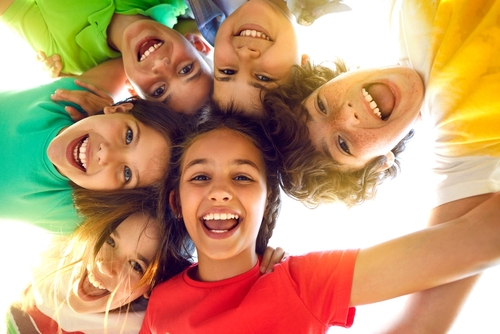
This requires a lot of empathy and openness to other perspectives. After all, to change the world, one has to consider all of the different people and views in it. There’s something to learn from everyone. And even if someone completely disagrees with an opinion, they could still empathize with the emotions and experiences behind it. And this helps cultivate a productive discussion.
When you tell a story to your child, present both sides or play devil’s advocate. Additionally, show what each side could gain and lose. “Emphasise that all change involves differences, conflict, and compromise,” says Gene Beresin, executive director of the Clay Centre for Young Healthy Minds at Massachusetts General Hospital.
Teach optimism

Instead of feeling bogged down by the world, optimists retain the agency to change it. And we need young people with agency.
“I’m concerned with how passive kids have become,” says Levine. “…Kids tell me that there’s nothing they can do; it’s just the way it is. That’s really worrisome because you don’t want teenagers to become passive and lose their sense of rebellion and of being able to change the world.” [3]
A parent’s outlook on the world can change their children’s. Therefore, it’s important to maintain a hopeful and encouraging attitude. Instead of jumping to fix kids’ problems, show how much you believe in them to solve them themselves. Often parents underestimate their children’s abilities and rush to help even when the child doesn’t want their assistance.
Read More: This Mom Is Claiming That Kids “Don’t Owe Their Parents Anything,” And Lots Of People Agree
Teach to their strengths
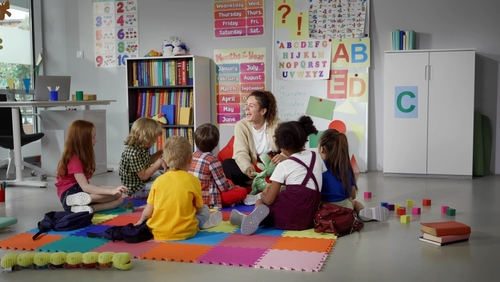
“Every social change movement requires people with all different skills and talents,” Deutsch says. “The best thing you can do for a movement is figure out what your skills and strengths are.”
When people think of activists, they tend to think of people chanting at a rally or shoveling plastic out of a river. But to change the world, lots of different skills are needed. They could be writers, photographers, filmmakers, speakers, scientists, cooks, architects, and so much more. Cultivate and encourage their interests and hobbies. “Understand what their values and missions are,” says Beresin, a psychiatry professor at Harvard Medical School. “Combine that with the knowledge of their kid’s strengths and weaknesses.”
Teach cooperation
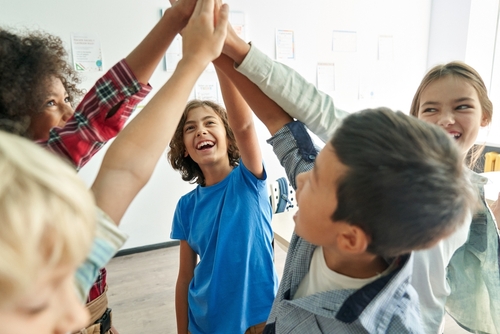
One person cannot change the world on their own. “It can be seductive to look at individual leaders,” Deutsch says. “But in reality, movements are made and change is made by large groups of people working together.” Teaching kids how to connect, share, and create with others can help them learn to work as a team. Being part of a group can give them a feeling of significance, making them more likely to persevere with their initiative. “It’s really a core part of humans that we need to feel that we have a sense of purpose, that we’re here to do something,” Deutsch says.
This team could be in the form of any school club, place of worship, or volunteering at a certain organization. Even a job as simple as stuffing envelopes could feel special when the child sees people working together to achieve a certain goal. As Beresin says, “We’re teaching our kids to be a part of something bigger than themselves.” [4]
Read More: Why Your Older Kids Shouldn’t (and Should) Babysit Their Siblings
Sources
- “Impacts of Adolescent and Young Adult Civic Engagement on Health and Socioeconomic Status in Adulthood.” Child Development. Parissa J. Ballard, Lindsay T. Hoyt, Mark C. Pachucki. January 23, 2018
- “Some Benefits of Being an Activist: Measuring Activism and Its Role in Psychological Well‐Being.” Political Psychology. Malte Klar, Tim Kasser. October 2009
- “How Parents Can Help Kids Thrive in an Uncertain Future.” Greater Good Magazine. Jill Suttie. April 10, 2020
- “Inspiring kids to change the world.” National Geographic. Jamie Kiffel-Alcheh. January 18, 2021
